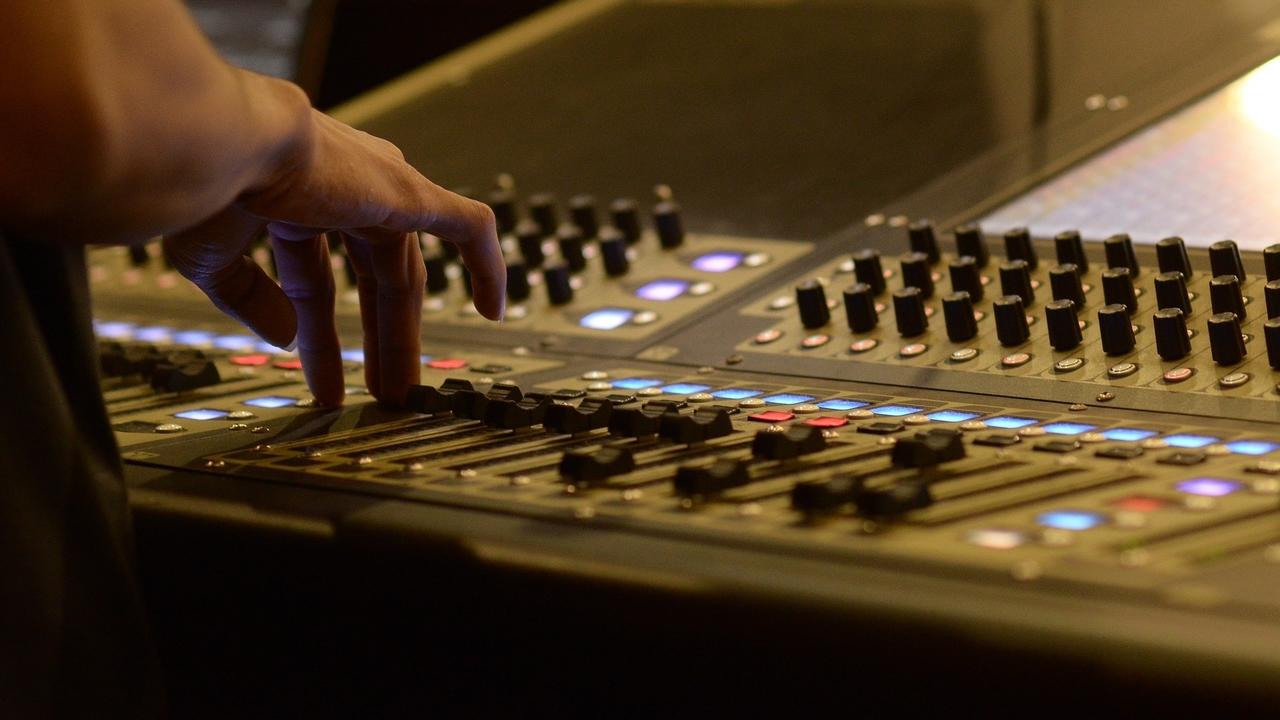Tips for Mixing a Great Sounding Live Show.
Jan 08, 2020
How do you mix a great sounding live show? The role of a live sound engineer is crucial in delivering an unforgettable experience for both the performers and the audience. If you are an aspiring sound engineer looking to make your mark mixing live sound, this blog will give you a quick overview of how to best prepare for mixing a band.
Whether you are on tour with a band, running sound for a local venue, or working for a sound company there's a lot more to mixing a great sounding show than just turning knobs and pushing faders.
Below are 12 simple steps that will help you have a great show and enjoyable mixing experience.
Step 1- Do your homework-what kind of music will you be mixing? Learn the artist's songs and get familiar with the style of music. If you are going on tour with a band as their sound engineer, you'll want to do a deep dive into their catalog. If possible, get a set list and start deconstructing the songs. Make lots of notes with cues if needed.
Step 2- Communicate with the artist, band, or client on what their needs are. What ideas do they have for their sound? How many and what inputs do they have? What do they need for monitor mixes? What songs have solos or instrument changes? Go through the set list so you know what to expect for each song. For example- do they switch between lead vocals? Are there background vocals and on every song, instrument solos, any specific cues?
Step 3- Show up prepared. Have an input list, stage plot, and audio spec. Advance the gig so you know what equipment you’ll have when you get there. If you find out that you'll be using an unfamiliar desk, review the manual for it prior to the gig. If there is a specific piece of gear you must have to do your show, it's always best to bring it with you.
Step 4- Get good sounds from the source. If you have a chance to be at band rehearsals, work with the musicians to dial in their tone. If there aren't rehearsals do it prior to soundcheck. Choose the right microphones and use proper mic placement.
Step 5- Listen to and EQ the PA before you start dialing in your inputs. Take some time to listen to the PA and acclimate to the sound of the venue. Use the system EQ to tune the system for the venue and your show needs.
Step 6- Understand Signal Flow and proper Gain Structure. They are two of the most important things to know in getting the most out of your system and great sounds.
Step 7- Ring out the vocal mic in the monitors and the PA, this will help prevent feedback and help ensure clarity on the vocal.
Step 8- Do a line check. Whenever possible, it's best to run through a line check with the backline and/or audio techs to make sure all inputs are correctly patched and free from unwanted noise, and resolve any technical issues before the band hits the stage for soundcheck. You can also use this time to start dialing in your inputs- set optimal gain, apply EQ, and dynamics where needed, set up your effects, etc.
Step 9- Run a proper soundcheck. If you’ve done everything right up to this point and have a stage full of good musicians, you are way ahead of the game. Work on making sure everyone is comfortable on stage with their sound and their monitors. Get your mix dialed in to a good starting point.
Step 10- Build the mix. Focus on the key elements first- if it’s vocal driven music, get the vocal dialed in. If it’s a guitar hero- get the guitar dialed in. Then build your mix around it. Use VCAs and groups for easier mixing, control, and efficiency.
Step 11- Be at FOH no later than 15 minutes prior to show- or as soon as set change begins. Run through another line check in the headphones ,to make sure all inputs are still working and there are no issues. Connections can easily get knocked loose when switching the stage between bands. You don't want to begin your set missing a few key inputs.
Step 12- Mix the show. Look up from the soundboard and pay attention to what's happening on stage. Bring up solos, make sure you can hear everything and the mix is well balanced. Have fun, get in the zone and let your creativity fly!
Step 13- Load out- Thank you and Goodnight!
Remember that each show is a unique opportunity to showcase your skills. By following these tips and staying committed to continuous improvement, you'll be well on your way to having a successful and fulfilling career in live mixing. Good luck, and may your shows be nothing short of spectacular!
By: Michelle Sabolchick





